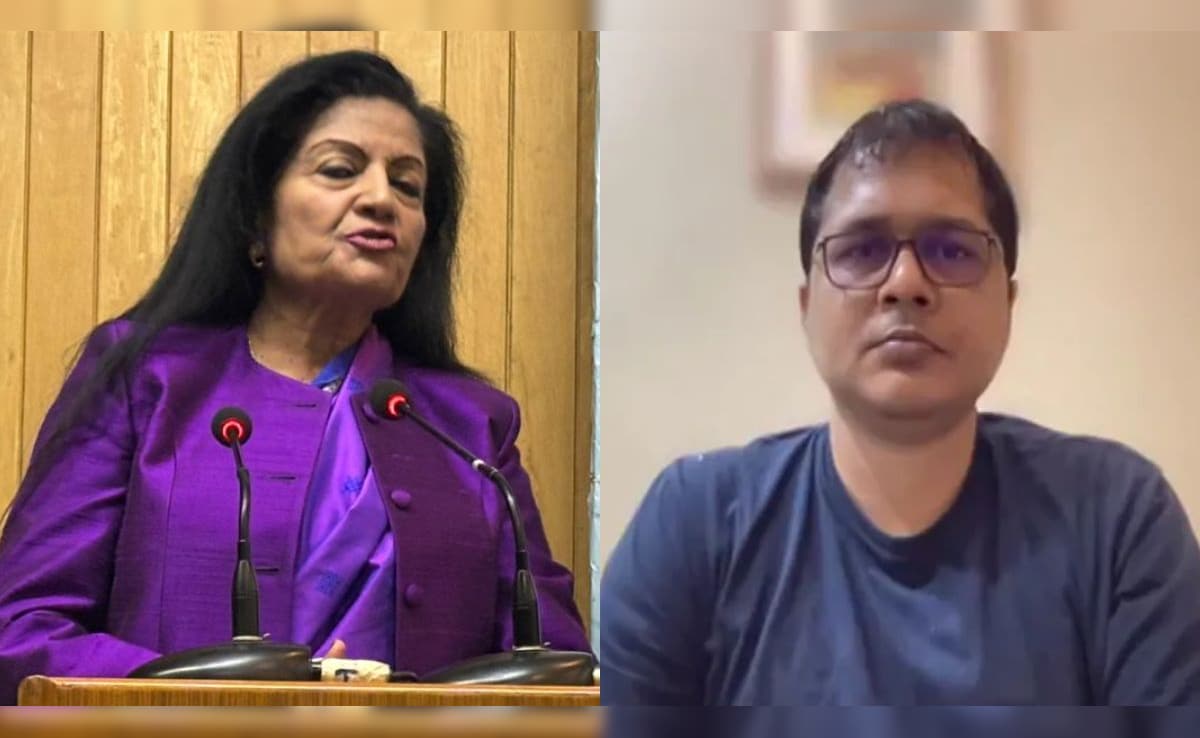Maharashtra’s 9.64 crore-strong electorate will face a problem of plenty as they enter the polling booth on November 20. For the first time since the people voted in 2019 for the 288-member state assembly, there are two national parties and four prominent formations: the two factions of Shiv Sena and the Nationalist Congress Party (NCP). Additionally, other parties represent various sections, including the Dalits and Ambedkarites.
A little over two years ago, the two strongest regional outfits, Shiv Sena, founded by Balasaheb Thackeray, and the Nationalist Congress Party (NCP), led by prominent Maratha leader Sharad Pawar, saw deep splits. The respective breakaway factions, led by Chief Minister Eknath Shinde and Ajit Pawar, respectively, were later recognised as the official parties and gained the right to use their party symbols.
Yet, five months ago, the people of Maharashtra delivered a verdict that enhanced Sharad Pawar and Uddhav Thackeray’s moral authority as the true inheritors of their respective parties.
What The Lok Sabha Results Indicate
If we convert the 2024 Lok Sabha seats to assembly constituencies, the Bharatiya Janata Party (BJP) is leading with 83 seats, followed by Congress with 63. The Shiv Sena (Uddhav Balasaheb Thackeray) has 56 seats, while the other faction of Shiv Sena has 38. Sharad Pawar’s NCP secured 32 seats, with his nephew Ajit trailing with just six.
However, the dynamics for state elections differ significantly from those at play in the Lok Sabha. The issues are distinct, as is the voter approach. For instance, this summer, one of the factors influencing voters was the Opposition’s charge that the BJP-led Modi government was seeking a 400-plus majority to alter the Constitution. This concern alone consolidated votes against the incumbent government.
As the electoral race takes shape, two major coalitions dominate the landscape: Mahayuti, led by the BJP along with the two official factions of the Shiv Sena and the NCP, and the Maharashtra Vikas Aghadi (MVA), which comprises Congress and the other two factions of the Shiv Sena and the NCP. The presence of senior Pawar marks a significant difference in this landscape.
The Pawar Magic
The wily octogenarian politician demonstrated his skill in forging an unlikely coalition, bringing together Shiv Sena and Congress to share power. Shiv Sena, traditionally a hard-core Hindutva party and one of the oldest BJP allies, made this shift for political reasons.
Can Sharad Pawar once again pull a rabbit out of the hat? The upcoming polls should clarify the future and the leadership of the NCP, especially since his understudy, Ajit Pawar, has chosen to be a junior partner in the Shinde government. Senior Pawar’s daughter, Supriya Sule, is patiently waiting for a seamless leadership transition. The outcome on November 23 will determine the course ahead.
Both the Mahayuti and the MVA face the tough decision of whether to present a chief ministerial candidate or go to the people with an element of suspense about who that candidate might be.
However, the BJP-led alliance holds a distinct advantage. Retaining the right to govern Haryana gives the BJP a significant psychological edge over its challengers. Conversely, the Congress, chastised by its stunning defeat in Haryana, should learn valuable lessons and focus on capitalising on the anti-incumbency sentiment facing the Shinde government.
A Complex Landscape
Amidst a fragmented political landscape, voters will be asked to select the best representatives who can embody the pride of being Maharashtrian while continuing to drive the industrious and prosperous state forward.
Complicating matters is the deep distress in the agrarian sector, marked by farmer suicides and drought-prone areas, which continue to confound policy planners. Moreover, there is the ongoing demand for reservation for the Maratha community, with an active campaign in place. How this demand will align with the concerns of communities benefiting from affirmative action remains an unclear factor.
This is juxtaposed with welfare measures introduced by the Mahayuti government, such as the Ladki Bahin Yojna, which provides cash to families with girl children. A similar scheme in Madhya Pradesh swayed voters in favour of the BJP.
(K.V. Prasad is a senior Delhi-based journalist)
Disclaimer: These are the personal opinions of the author














